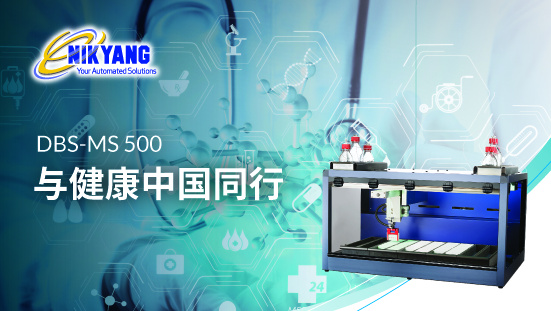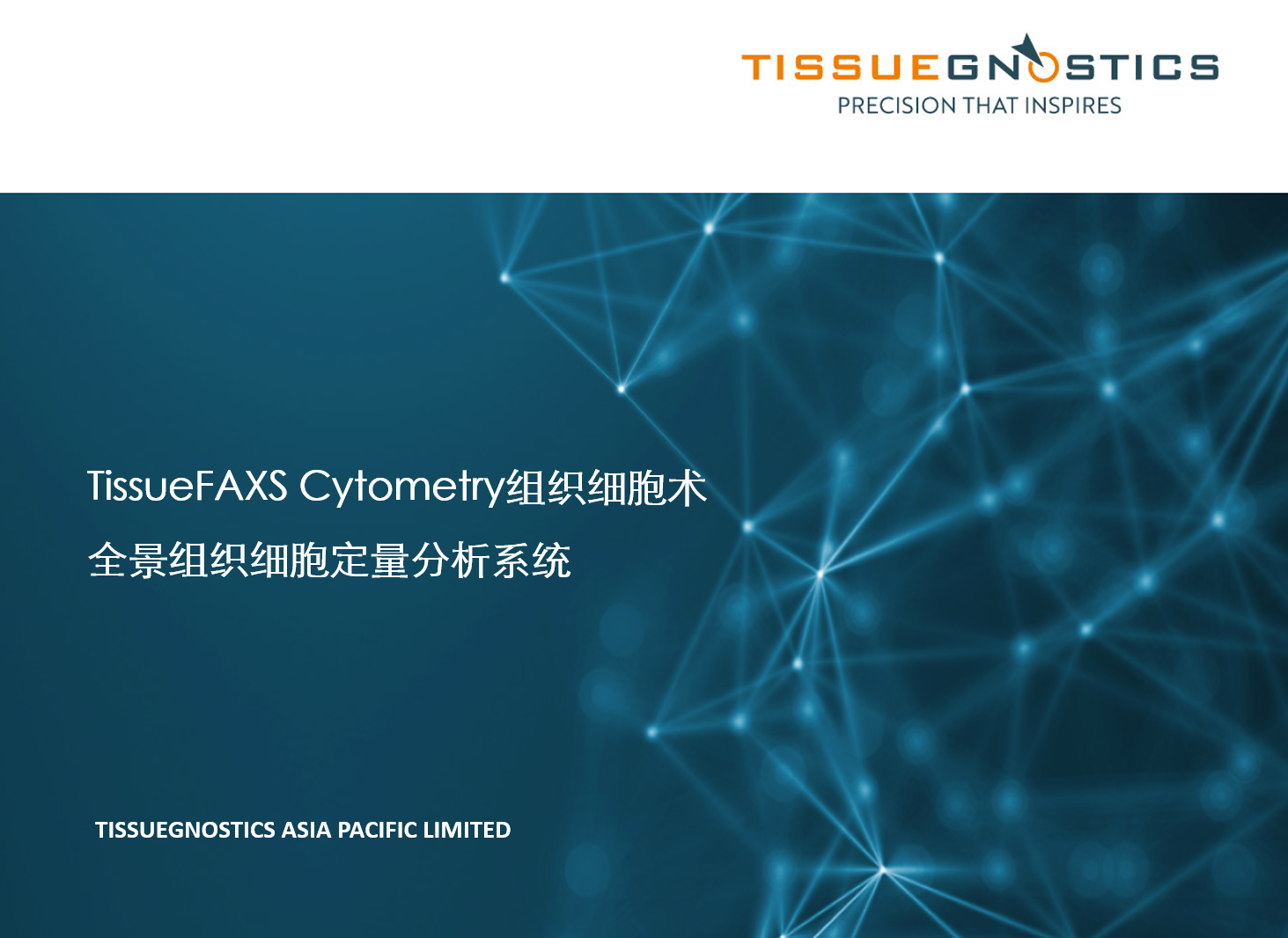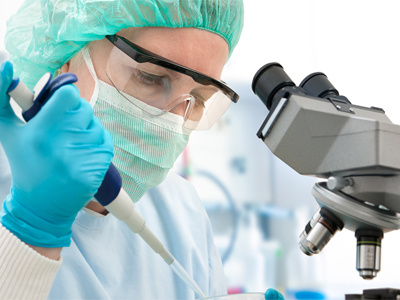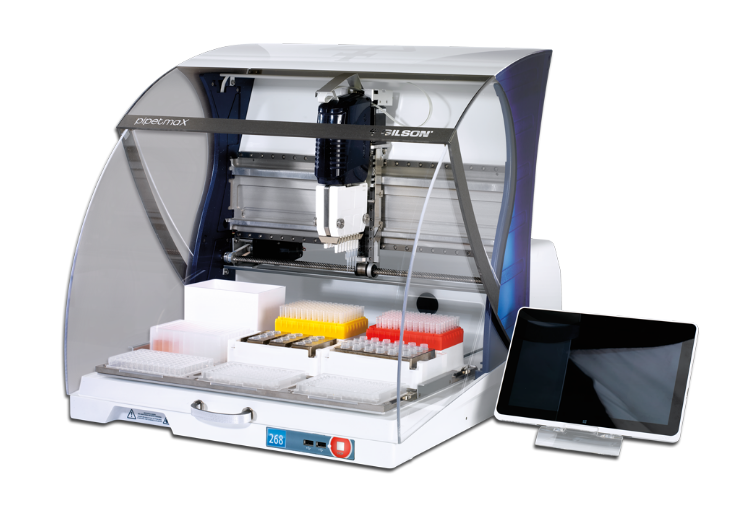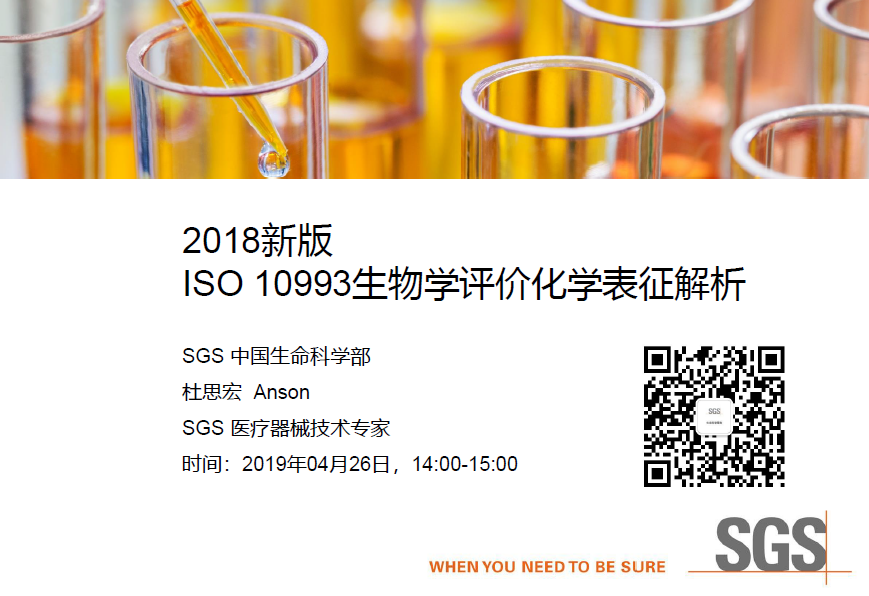 2018年10月19日 16:00
2018年10月19日 16:00
Cellular energy metabolism is an essential core process required for all cellular functions including cell proliferation, differentiation and even cell death. For the last decade, there has been an enormous growth in the research on cellular metabolism in various areas from the basic cell physiology to translational studies in fields of cancer, immunology and stem cell.
The Agilent Seahorse XF Technology provides a platform for real-time measurement of in vitro metabolic rates of animal cells by analyzing glycolytic rate and mitochondrial function quantitatively. In addition to the standard metabolic rate assay systems, a new ATP Rate Assay can assess the dynamics in energy metabolism by measuring ATP production rates by glycolysis and oxidative phosphorylation distinctively.
Here we introduce application models of the new assay in tumor metabolism and immunometabolism studies.
Tumor cells vary greatly in the contribution of ATP production from mitochondria and glycolysis that are manifestations of oncogenic drivers of malignant growth and survival. Although many tumors can switch between available fuels in the microenvironment, glucose utilization in many cancer cells is critical for malignant growth according to the ATP production rate comparisons in metabolic fuel-limited conditions. Metabolic phenotype shift during immune cell activation also can be analyzed by ATP production rate. CD4+ T cell activation requires a rapid elevation in glycolytic activity and replacement of glucose by galactose completely blocked CD4+ T cell activation. However, there is no differences in cellular ATP production which highlighting the role of glucose metabolism beyond ATP production
during T cell activation. In contrast, inflammatory macrophage activation requires metabolic shift toward glycolytic phenotype much slowly than T cell activation to maintain sufficient ATP production rate for the cell function.
This novel approach differs from the conventional ATP assay systems which only can measure static ATP amount at a given time and condition. It enables the further detailed study on metabolic dynamics of cells by distinguishing ATP energy generation dependent events from independent events through real-time measurement of ATP production rate.

 13717560883(微信同号)
13717560883(微信同号)


